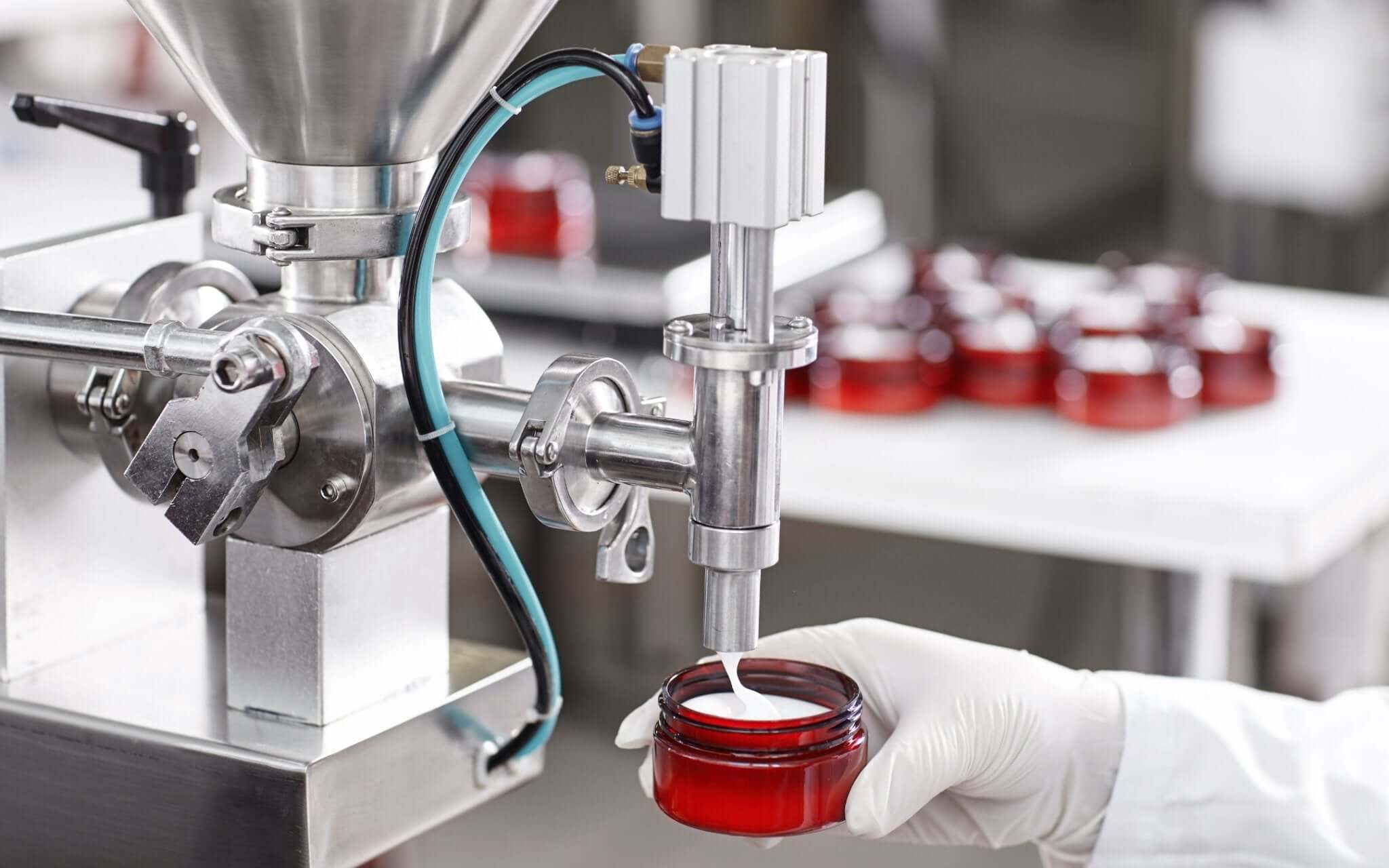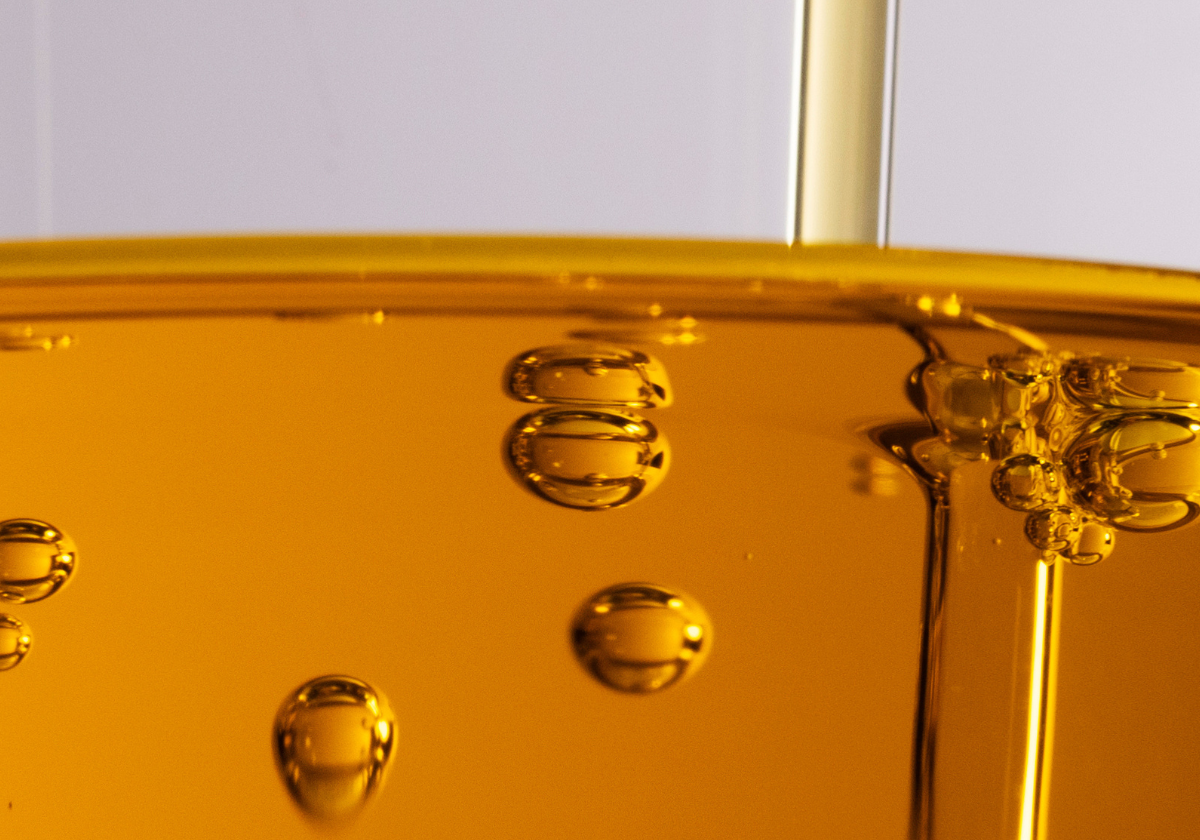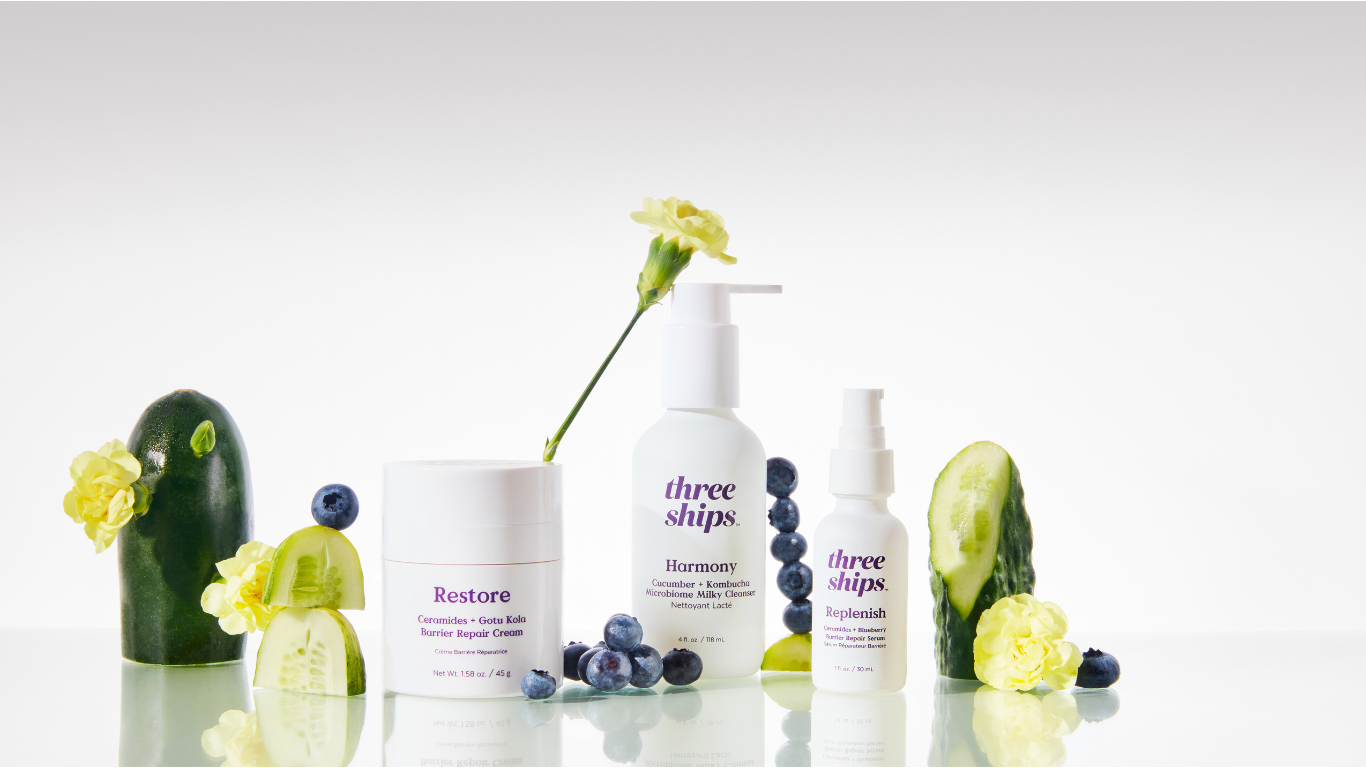The Truth About Filler Ingredients in Your Skincare – It’s Not What You Think

We’ve said it before and we’ll say it again – ingredients are everything. However, you’ll find most of them will never contain only the hero ingredient (think: Vitamin E or Jojoba Oil) and in fact, almost all products will contain some filler ingredients. Even though there are tons of articles detailing the low quality and consequences of formulas packed with fillers, it’s not as easy as removing them completely. If you’re looking to learn more about the filler ingredients in your skincare products, here’s what you need to know.
What Are Filler Ingredients?
By definition, a "filler" component of a skincare formula is any ingredient used to create bulk, texture or lubrication. Typically, fillers are not essential to the active part of a formulation, nor do they make a product perform better. However, they do have an important impact on the final product and are necessary to use in many formulas. There’s nothing inherently wrong with filler ingredients, it’s all about which ones you use and why.

You Can’t Make Skincare Products Without Them
It’s important to view each skincare formula as a sum of its parts – and not just one ingredient that we hang our hat on. Ingredient lists often contain chemicals you might not recognize such as emulsifiers, preservatives or stabilizers. Whether it’s for the consistency of a moisturizer or the texture of a clay mask, each ingredient serves its own purpose and is an important component that keeps the entire formula in balance.
There are “Good” and “Bad’ Fillers
While these ingredients are necessary, they aren’t always beneficial.
One of the most common filler ingredients in skincare is petroleum jelly. Petroleum jelly is used as a synthetic wax to increase moisturizing benefits of a formula and is often favoured by manufacturers because of how low cost it is. However, petroleum as a filler ingredient has many negative side effects including clogging pores and promoting the growth of blackheads. We would definitely classify this as a bad filler ingredient and would stay away from products containing this.
As an alternative to petroleum, Three Ships uses ingredients such as Cetearyl Olivate, Coconut Oil and Shea Butter to increase the moisturizing and skin conditioning benefits of our formulations. Although these are still considered “filler” ingredients, they are extremely helpful in creating the finished product and won’t have any negative effects when used!

Water is another extremely common filler ingredient that often shows up at the top of the label and it's not necessarily a bad thing. For one, many skincare ingredients are only water-soluble and can't be used in a water-free formulation. It's also a lightweight hydrator that can penetrate into the skin which improves ingredient absorption. To create a finished product, many companies will use water to adjust and create the perfect consistency and texture. So while water doesn't have any special "powers", it's often a necessary filler ingredient for skincare.
What Ingredients Do We Use at Three Ships?
Like we’ve mentioned, each ingredient we use serves a purpose.
Emulsifiers are used in creams to mix water with oils. Since water and oil stays separated, an emulsifier is necessary to form a homogenous mixture keeping water and oil together. We use Almond Oil, Glyceryl Caprylate and Cellulose in our formulas (to name a few).
Preservatives prevent bacteria from growing by creating an environment where it’s difficult for bacteria to spread. Almost all skincare products need preservatives because of their water content. For example, we use Caprylhydroxamic Acid, derived from coconut oil and Glyceryl Caprylate.
Stabilizers are added to maintain the function and activity of other ingredients. It’s often used to stabilize the pH value of a formula to avoid excessive acidity or alkalinity. We use Sodium Lactate, derived from corn.
Photo credit:@mikaylakuehn, thepinklife.ca
Now That You Know, What’s Next?
So now you know understanding ingredients isn't black and white – it’s hard to classify the entire range of filler ingredients as “bad” or “something to avoid”. They play a huge role in the skincare products you love and it’s all about understanding what is being used and why it’s being used. Take a look at the label of your products and see if you can spot the ones we’ve mentioned!
We hope that you found this article educational and informative! If you’re looking for more information on skincare ingredients, make sure to check out our Ingredient Glossary.
If you liked this interview, you might like our recent interview with skincare chemist, Hannah Ma!
- Tags: rec1:purify-aloe-amino-acid-cleanser rec2:radiance-grape-stem-cell-squalane-day-cream Skin Education
0 comments






